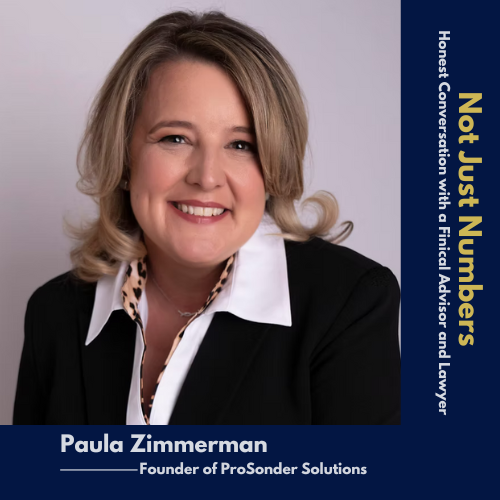Episode 42: Communicate with Your Loved Ones to Ensure Your Wishes Are Honored then joined by Paula Zimmerman from ProSonder Solutions
Hosts: Madison Demora and Mike Garry
Guest: Paula Zimmerman from ProSonder Solutions
Episode Overview
In this thoughtful episode, Mike Garry and Madison Demora discuss the critical importance of communicating with loved ones to ensure your end-of-life wishes are honored. Drawing lessons from a real-life case featured in the Wall Street Journal, they explore the role of living wills and advance directives in reducing family conflict and ensuring medical preferences are followed. The discussion highlights the need for accessible documents, clear communication with family and healthcare providers, and the importance of revisiting these decisions periodically.
Later in the episode, Paula Zimmerman, founder of ProSonder Solutions, shares her expertise in HR leadership, offering insights on building strong organizational foundations, fostering effective leadership, and navigating challenges in today’s workplace. Paula discusses the evolving dynamics of remote work, AI integration, and the critical role HR plays in driving business success.
This episode provides practical advice for individuals planning their estates and business leaders looking to enhance their HR practices.
Listen to Our Podcast On:
Timestamps
- 00:08 – 01:45 – Introduction to episode topic: Communicate with Your Loved Ones to Ensure Your Wishes Are Honored
- 01:46 – 04:20 – Lessons from Lynne Chesley’s Case
- 04:21 – 05:32 – Importance of Discussing Advanced Directives with Loved Ones
- 05:33 – 07:05 – Should There Be Uniform Standards for Advanced Directives?
- 07:06 – 08:41 – Barriers to Discussing End-of-Life Preferences
- 08:42 – 12:51 – The Importance of Clear and Specific Language in Advance Directives
- 12:59 – 01:02:01 – Interview with Paula Zimmerman from ProSonder Solutions
Connect with our Special Guest
Follow Us on Social Media
Stay updated with the latest episodes and news by following us on social media:



